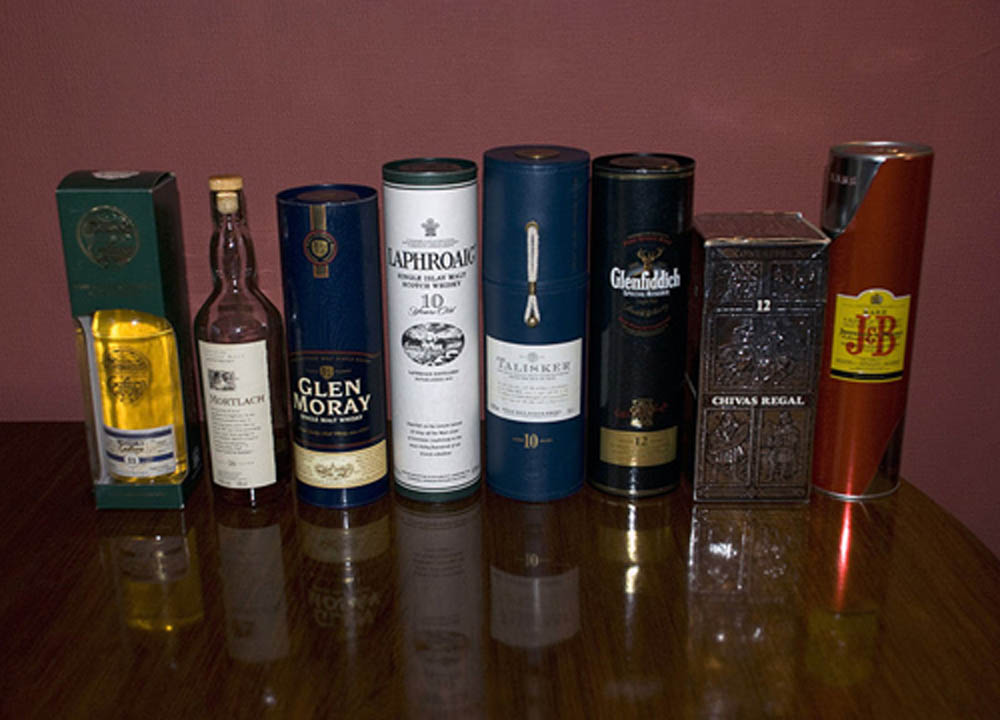WATER used to make Scotch whisky generates six times more for the nation’s economy than it typically costs to buy.
Economists say a metre cubed – one thousand litres – of Scottish tap water costs 82p on average to buy.
But the experts at Edinburgh University and Scotland’s Rural College have worked out that when the same amount of water is used to make single malt it contributes £5 to the value of the product.
The high figure reflects the international prestige enjoyed by the product, which generates almost £4bn for the economy annually.
The valuation has also taken into account the value of water which goes into producing another key ingredient of whisky – barley.

Water used in other alcoholic beverages made in Scotland – typically beer – contributes a maximum of £2.63 to the economy per cubic metre.
For years the money-making magic that goes on behind the closed doors of the nation’s distilleries has been a mystery to market analysts and whisky buffs alike.
The water that goes into Scotland’s whisky is often credited for contributing a huge amount to their distinct flavouring – and is touted by many as the most important ingredient in the drink.
Many distilleries buy up exclusive rights to the water source they use for their products to prevent rivals muscling in on their ground.
Arran Distillery states: “The area is home to the purest water in all of Scotland – water that’s been cleansed by granite and softened by peat as it slowly meanders from the mountaintops.”
The Jura Distillery say their water “has long been believed to possess mystical qualities” thanks to a blessing by St Columba some 1,5000 years ago.
Nazli Koseoglu – who led the study – explained: “This high water value is because whisky is scarce and high value.
“Scottish water might also be perceived to be generated in specific biophysical conditions – such as peatlands – that also add specific value.”

